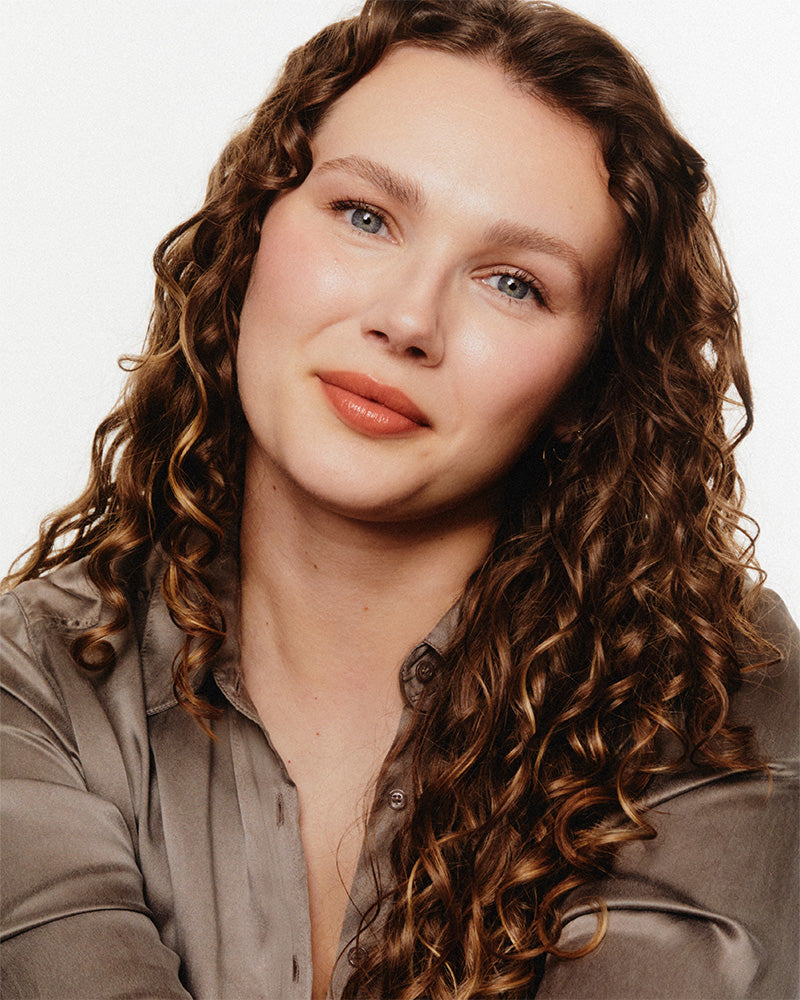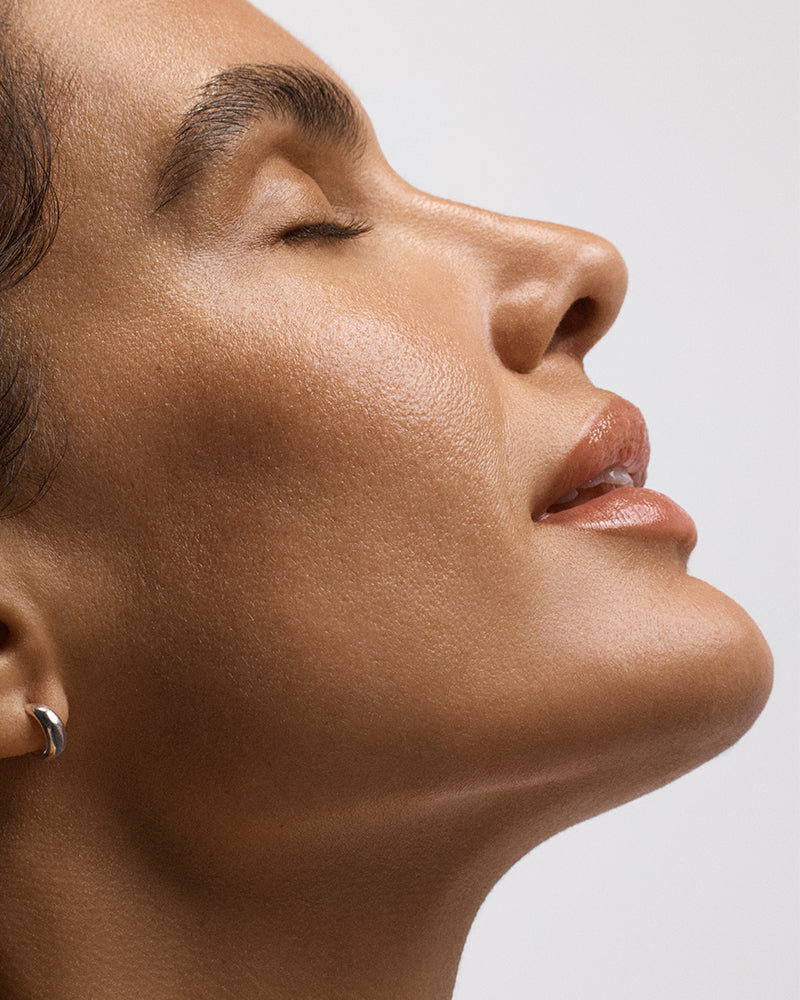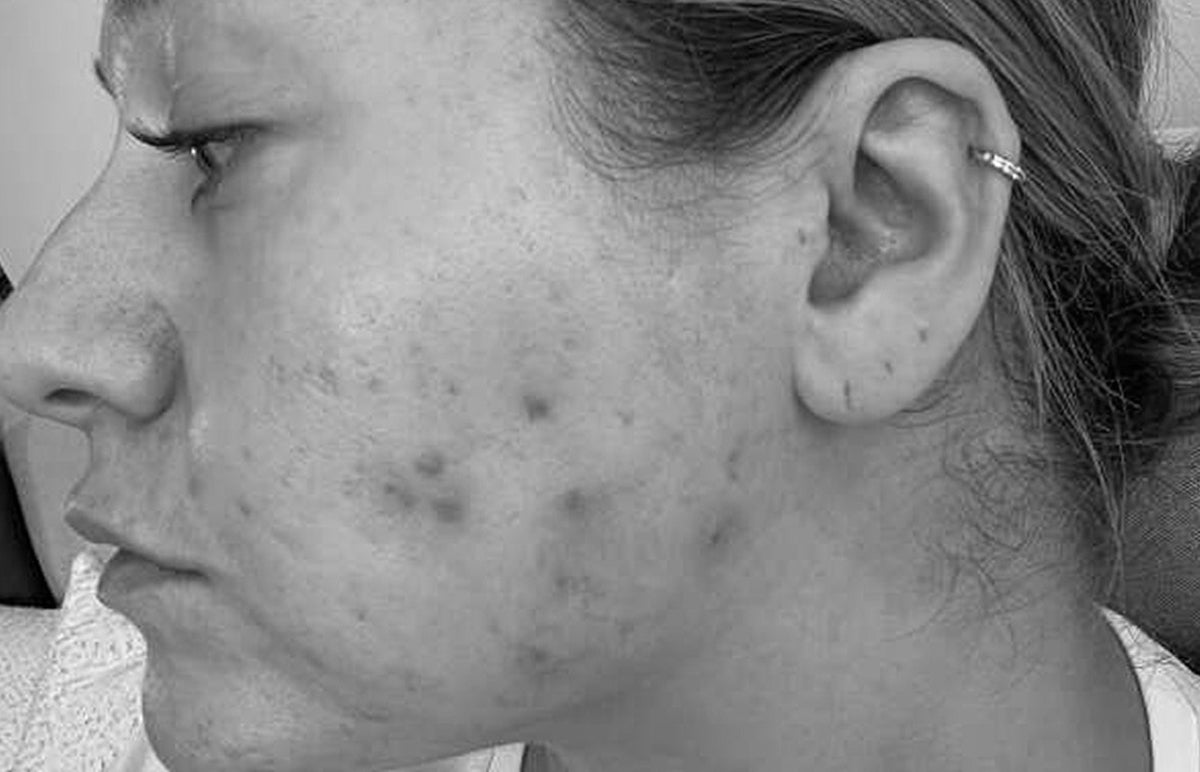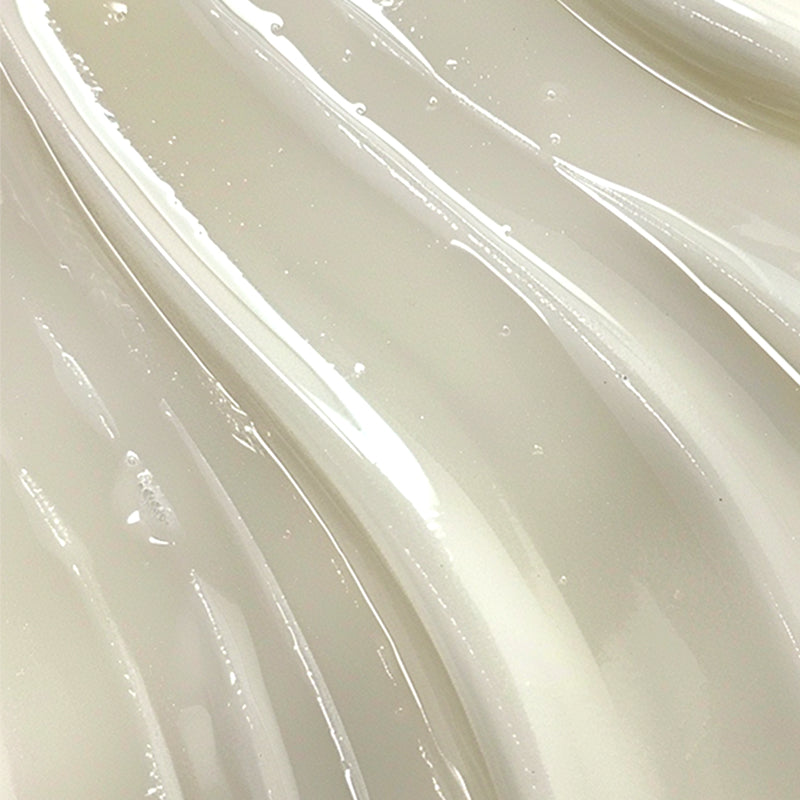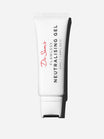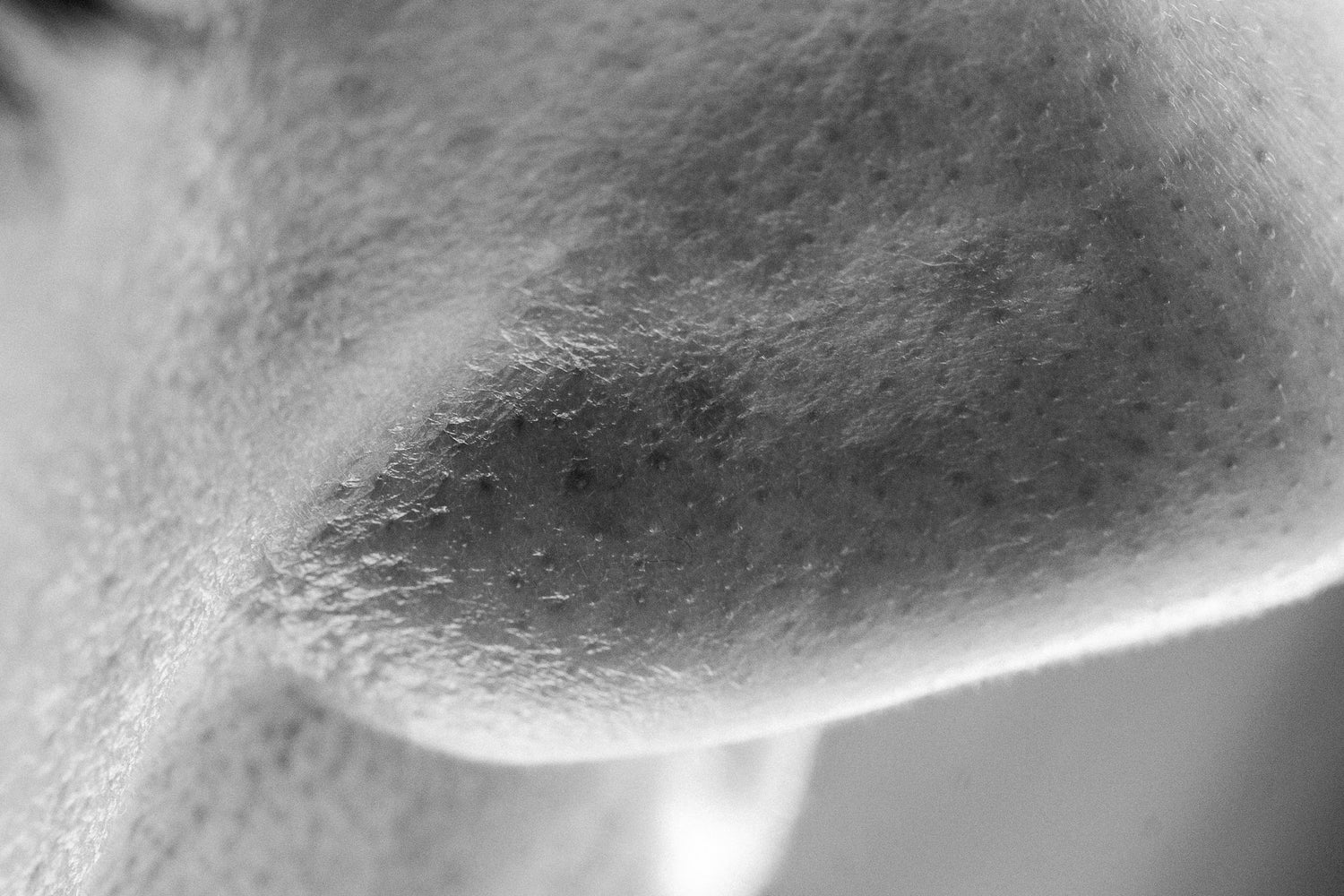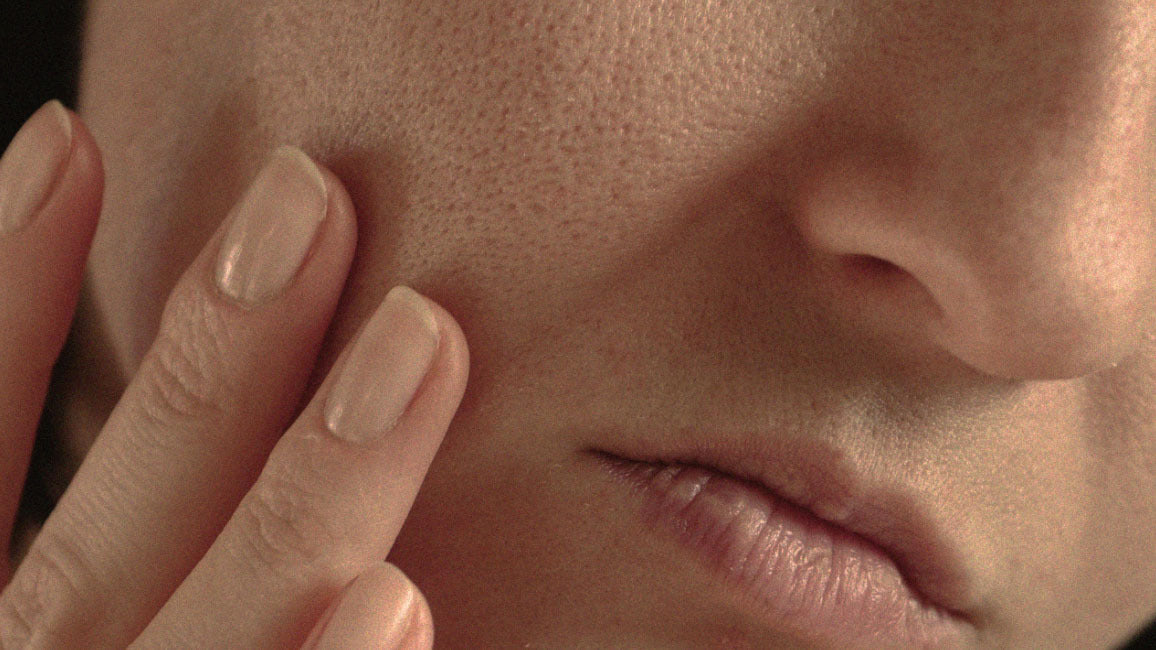Enlarged pores are a huge (!) concern for women of all ages – and a lot of cash is spent in the quest for products that promise to make them disappear. Sadly, many of these miracle workers are simply gimmicks.
To understand what can and cannot be influenced, let’s take a look more closely at what pores actually are.
What are Pores?
A pore is simply a circular opening at the top of the hair follicle, where it opens onto the surface of the skin. At the base of the follicle lies an oil gland (also called the sebaceous gland). Oil glands are more plentiful in the T-zone - so when the oil production is switched on by our hormones at puberty, the traffic through the pore increases and, voila - hello big pores on the nose, forehead and chin. The face has 400 to 800 pores/cm2, which is more than 10 times the number on your arm!!!
Who’s affected by big pores?
Oily skin types are more likely to have visible pores all over their face, whereas combination skin is where you see prominent pores mainly in the T-zone, and small or invisible pores on the cheeks. Those with normal or dry skin types are often still pore-curious, but objectively there’s usually less to see than in the other 2 skin types.
So how do pores become enlarged?
Thinking about their structure, we can then understand the mechanisms for this happening. There are really 4 situations we need to think about:
1) More oil - as a consequence of hormonal changes, eg premenstrually, on progestagen-only contraception and during pregnancy
2) When they’re clogged up with dead skin cells - for example, after the use of clogging skincare or make-up
3) If there’s loss of elasticity due to UV breakdown of skin’s elastin
4) Through manipulating your pores!
So with these mechanisms in mind, we can think about preventing them looming larger than they need to!
How to prevent clogged pores?
1) Get your basics right.
Non-clogging skincare is key. Particular ingredients to avoid include coconut oil, ispropyl myristate and olive oil.
Be especially aware of the products you leave on your skin – your serums, moisturiser and spf.
Sunscreen is definitely a pore-preserving essential but choose one wisely, as the wrong one can wreak havoc for pores. Mineral sunscreens are often less clogging in my experience. And consider an SPF amped up with niacinamide to actively combat pore clogging.
2) Reduce the forces that breakdown skin elasticity
Whilst we can make skin make more collagen, sadly we don’t make more elastin after puberty. So once you factor in a bit of everyday UVA damage, your pores can sag and flop open, due to loss of the nature’s own lycra. Wearing SPF with UVA protection is therefore essential – and add in your vitamins A,B and C to reduce environmental damage. Please please please don’t smoke if you want perky pores.
3) Neutralise free radicals
Another good reason to seek out an antioxidant serum is it will prevent the dead skin cells inside the pores from turning black and becoming more visible. The darkness inside a clogged pore occurs when lipids in the oil (sebum) that is mixed with the dead skin cells becomes oxidized. Using an antioxidant can prevent this darkening making the pores look smaller.
4) Don’t squeeze!!!
Goes without saying, this intervention rarely serves but it can actually cause the pores to become permanently stretched. So hard to treat so best to avoid altogether, however tempting and seductive the siren call of your pores to the bathroom mirror!!! AND NO MAGNIFYING MIRRORS!!!!
5) Eat plenty of vitamin A and get your omega 3 fatty acids. We may be able to influence the quality and quantity of our sebum a little - so getting your daily quota of these is a good idea. Eat - carrots, salmon and consider a flaxseed supplement.
Ultimately, the key thing is to recognise what aspect of your pores you can influence - and that which you cannot. You cannot change the fundamental structure - but with smart skincare and lifestyle choices you can keep them clear, perky and in perspective…

